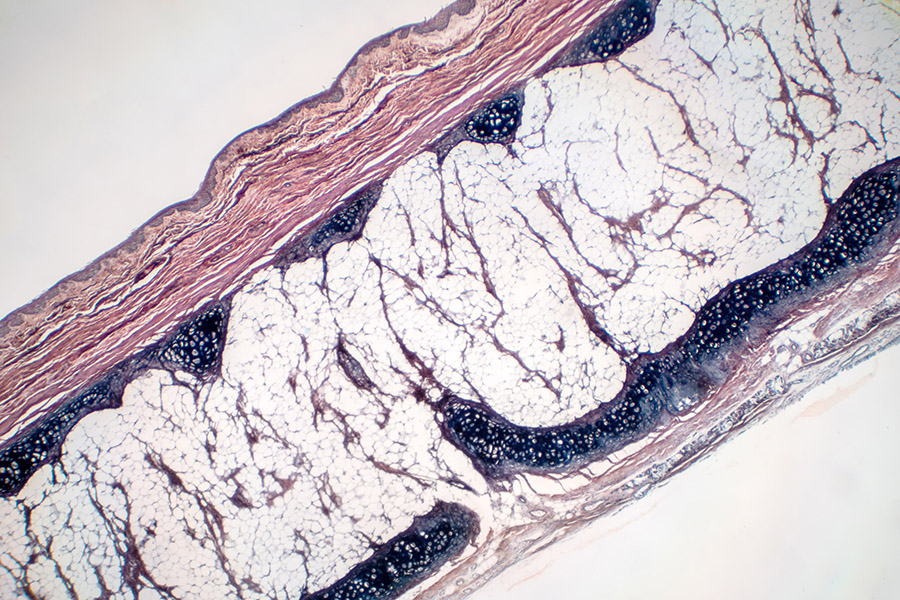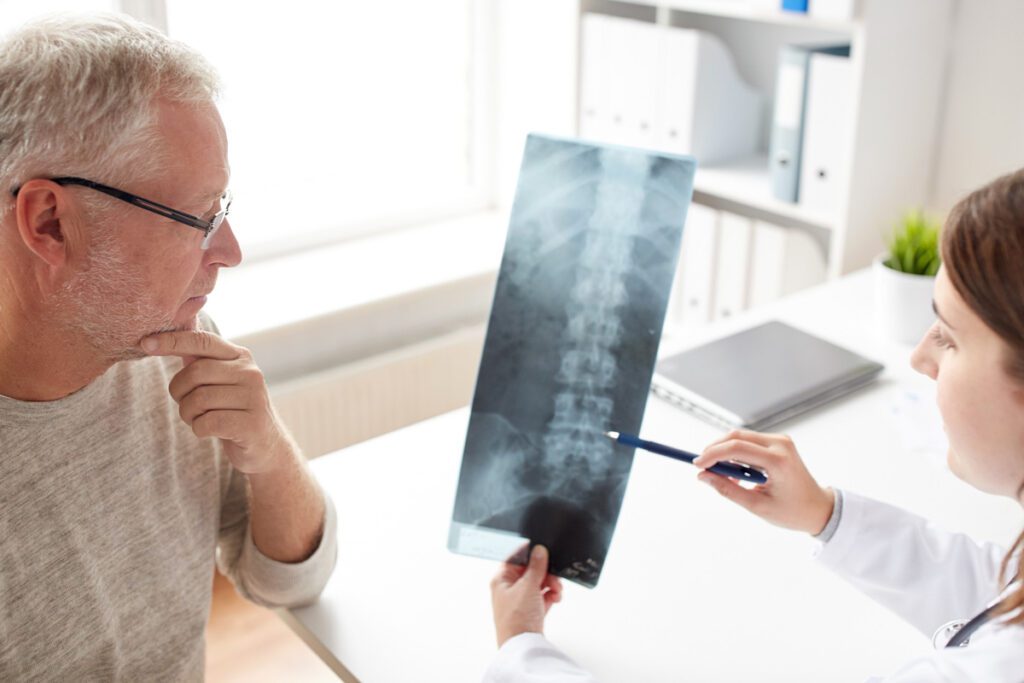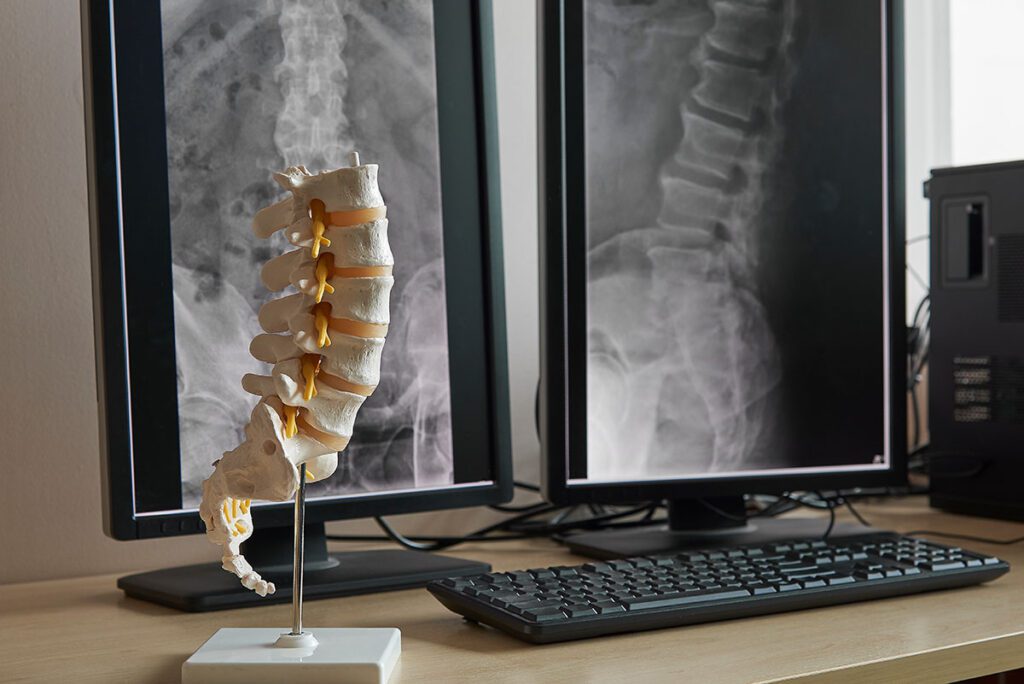

Lumbar Sprain and Strain
Lumbar sprains and strains are a type of lower back injury where either a muscle or tendon is injured, or a ligament is stretched or torn. There are several treatment options for a lower back strain or sprain and a variety of causes with symptoms more specific to the type of injury.
What is a Lumbar Sprain and Strain?
The lower back, or lumbar back, carries much of the body’s weight during running, walking, lifting, and many other activities, which is partly why strains and sprains are common in the lower back.
A back strain is distinct from a lumbar back sprain, in that they are two different types of injuries:
- Lower back sprain: the stretching or tearing of a ligament, the fibrous bands of tissue that connect two or more bones at a joint and prevent it from moving too much
- Lower back strain: an injury to the muscle or tendon. The tendons are fibrous bands of tissue that connect muscle to bone, which in the back, support the spine.
Symptoms & Causes of a Lower Back Strain or Sprain
A lumbar strain can be caused by twisting or pulling a muscle or tendon, by lifting improperly, and by overstressing back muscles. When a strain is chronic, it’s usually caused by overuse for a prolonged period of time.
Lumbar back sprains are often the result of a fall, a sudden twist, or a hit to the body that forces a joint out of its normal position. When these types of incidents occur, they stretch one or more ligaments beyond their normal range which results in an injury.
Other factors that can cause a lumbar back sprain or strain include:
- Being overweight
- Curving the lower back too much too often
- Having a weak back or abdominal muscles, or tight hamstrings
- Playing sports or lifting routines that involve a lot of pushing and pulling
Symptoms of a strain or sprain in the lower back include:
- Back pain that gets worse when moving
- Cramping or spasms in the back muscles
- Decreased range of motion in the joint that results in difficulty walking, bending forward or sideways, and stranding straight.
Diagnosing Lumbar Back Strain & Care Options
Diagnosing a back strain or sprain is relatively simple. A strain in the lower back is usually diagnosed based on medical history and reviewing symptoms, when the injury occurred, and a physical exam. In severe cases of strains or sprains, with weakness or loss of function, an X-ray will likely be ordered to ensure no herniated disk or fractured bone is causing the back pain.
Treatment for a lumbar sprain and strain is very similar and usually takes place in two phases:
- Reduce back pain and muscle spasms: this stage of treatment involves rest, using ice packs, and compression for the first 24 to 48 hours after the injury occurs. Over-the-counter nonsteroidal anti-inflammatory drugs, like ibuprofen, may help reduce pain and swelling.
- If short-term rest hasn’t eased symptoms or corrected the issue, a doctor may recommend physical therapy where they may provide pelvic traction, ice and heat therapy, electrical muscle stimulation, and stretching exercises. If physical therapy is recommended, it will likely include home exercises to do long-term.


Preventing Strain & Sprains
Lower back injuries aren’t completely preventable, but people can take steps to lower the risk of developing a sprain or strain in the lumbar:
- Maintaining a healthy weight as excess weight adds more stress to the spine and back muscles
- Exercise regularly, including stretching to keep the joints flexible
- Use good body mechanics when sitting, standing, and lifting.
If you suspect that you may be experiencing a lumbar sprain or strain, schedule an appointment with us today for an examination, diagnosis, and treatment.
Spine Doctors
Request an Appointment
Resources
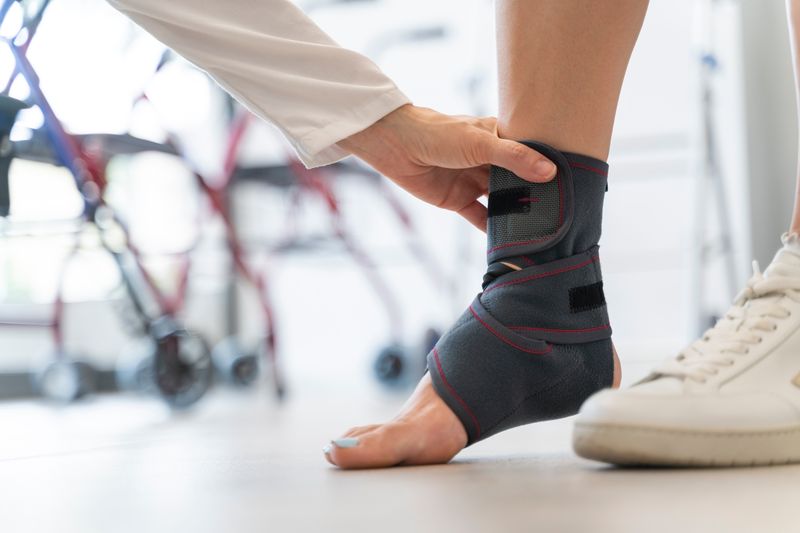


All About Compression Fractures: Causes, Symptoms, and Treatment Options
A vertebral compression fracture is where adjacent vertebral bones are compacted against each other. Osteoporosis, traumatic injuries, or tumors can cause this fracture. Continue below to learn more about the causes, symptoms, and treatment options for compression fractures. What Are Compression Fractures? Compression fracture is a type of fracture in
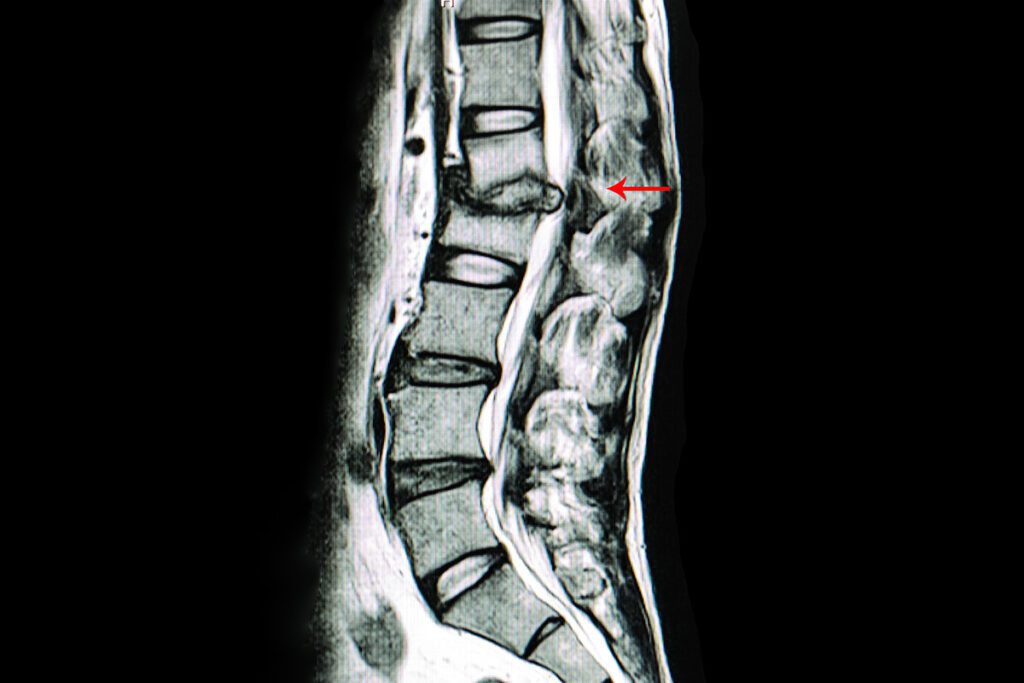


Disc Protrusion
Disc protrusion is a common type of spinal disc deterioration that causes neck and back pain, but can be referred to in other ways. This type of spinal condition often comes with age and if felt, can cause someone alarm; but, it’s a common type of spinal condition that can























